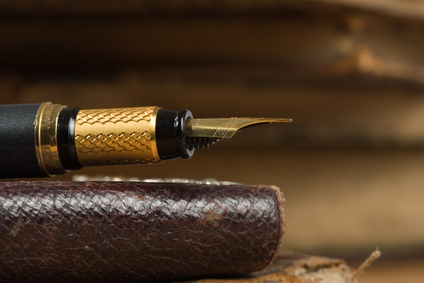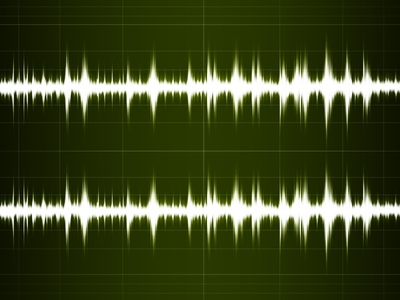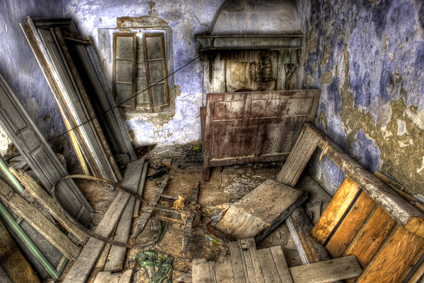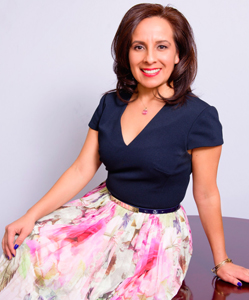Poetry Structure
Writing poetry consists of poems made up of meters and words that rhyme or it can be prose which consists of short stories that don’t necessarily rhyme. So which is better and how do you choose? Again it depends on the message and the writer’s preference.
In poems, a line created is a work of art. It is determining just how long a line should be for that perfect effect and in using the appropriate writing technique to carry your message through. In writing prose, the length of the line is usually determined by the margins that are set and the paper that is used although the message should be just as clear and emotionally based as it is in poems.
Macro Overall Structure View
When you structure your poem, the sound should make people pause slightly at the end of each line. Remember that as you shorten or lengthen the lines, it allows you to accelerate or slow down the way people will read your material. It is important to review how a poem may look on a page; does it look solid, busy or does it have much white space around the lines. Take a good look at the emphasis of the words and see where they are aligned. Are the most important words in the middle or at the end of the line? Are they emphasized in the correct position on the line?
Choice of Line Length
For traditional style poetry, your choice of line length and form can be the overall deciding factor whether you capture your audience or not. Picking a particular poem structure will restrict the line length usage. Then you have to decide how the ideas and words will fit into that particular structure. Remember that natural pauses within lines cause the reader to stop and breathe; whereas, if you continue your thoughts on to the next line you are pulling the reader along. It is also important to use the art of interruption to create the effect of suspense and anticipation.
For free verse poetry the line choices are blurred. You are no longer tied to the short or long line limits. There are no constrictions on how to stack or layout your written material or how to make things rhythmic but rather falls on how you want to display your message. Some poets even shape their writing material to what they are writing about. For example, if you are writing about the ocean your writing may be structured to form a picture of ocean waves.
Just as you have traditional poetry with the usual rhymes and rhythms, you also have the free verse which usually doesn’t follow any kind of a pattern; however, this does not mean that it has no form. Free verse can have its own type of rhythm without following the traditional poem rhythms. It allows the poet to be more free spirited.
Once a writer decides on the right form, whether traditional or free verse, it is important to make your poetry cohesive by using a type of rhyme, using various meters, repeating sentence structures, creating images or using various phrases that get your point across. It is important to add variation to your poetry so that the reader does not become quickly bored. Variation can be enlightening.
Your writing options are as diversified as there are poets but don’t let your poetry be a victim to randomness. Carefully study your message, your audience, your style of writing and what works best for the poetry you want to present.
Poem Structure and Form
 When you write in prose the ideas come together in a paragraph. In poems, things are grouped together into what are called stanzas. Both stanzas and paragraphs are a way of organizing ideas together.
When you write in prose the ideas come together in a paragraph. In poems, things are grouped together into what are called stanzas. Both stanzas and paragraphs are a way of organizing ideas together.
As you begin to write you will be tasked with many decisions on how to best structure your material. You will have to make decisions on the line length, the line breaks, the speed of your poem, the rhythm you will use and also how to best arrange your ideas for full effect.
Everything depends on what your message is and the style you choose. For instance, if you are writing about something that is sad you don’t want to choose a style that is lively and energetic. The same applies for a happy poem. You don’t want to choose a style that is slow and drawn out because you want your reader to feel excitement. The best way to approach poetry is to first let your thoughts flow with no regard to what is right or wrong. Only after your thoughts are written down on paper, should you begin improving and editing your material. As you begin editing your material, use the many techniques available to you and experiment on the various methods and order of words to get the best effect. You may find that one style stands out better than another. The most important thing to remember is “never lose sight of your mission.”
Poetry Meter
Meter is a way to measure a line of poetry based on the rhythm of the words. It’s the measurement of lines of poetry based on the stressed and unstressed syllables. For example, in the first line of Shakespeare’s Sonnet 12 the pattern is as follows:
when I do COUNT the CLOCK that TELLS the TIME
Notice that lowercase letters indicate a syllable is unstressed and uppercase letters indicate that a syllable is stressed. Because rhythm is measured in small groups of syllables, these small groups are called “feet.” Iambic defines the type of foot that is used which in English means that the first syllable is unstressed and the second is not. Example, pentameter means that a line has five of these “feet” as a structure.
(ta-TA) (ta-TA) (ta-TA) (ta-TA) (ta-TA)
1 2 3 4 5
Feet Arrangements In Poetry
In a nutshell, verse and poetry can have different stress patterns and there are a total of six types of “feet” arrangements. These are:
Iamb (Iambic) Unstressed + Stressed Two Syllables
Trochee (Trochaic) Stressed + Unstressed Two Syllables
Spondee (Spondaic) Stressed + Stressed Two Syllables
Anapest (Anapestic) Unstressed + Unstressed + Stressed Three Syllables
Dactyl (Dactylic Stressed + Unstressed + Unstressed Three Syllables
Pyrrhic Unstressed + Unstressed Two Syllables
Other Meter Counts
Sometimes a meter may be difficult to hear because of the different ways that we speak. This way of speaking could come from exposure to cultural and regional accents. Establishing a particular rhythm for a poem can get complicated and is determined by several factors; our own individual speaking method and how we give certain words and sounds emphasis. As you begin to write poetry, you may want to consider varying the meter structure to create a desired rhythmic effect.
The example shown above is a pentameter; however, there are other types of meter and line length patterns that can be used in poetry. Those patterns are:
Monometer – One Foot [ta-TA]
Dimeter – Two Feet [ta-TA ta-TA]
Trimeter – Three Feet [ta-TA ta-TA ta-TA]
Tetrameter – Four Feet [ta-TA ta-TA ta-TA ta-TA]
Pentameter – Five Feet (* Shown Above) [ta-TA ta-TA ta-TA ta-TA ta-TA]
Hexameter – Six Feet [ta-TA ta-TA ta-TA ta-TA ta-TA ta-TA]
Heptameter – Seven Feet [ta-TA ta-TA ta-TA ta-TA ta-TA ta-TA ta-TA]
Octameter – Eight Feet [ta-TA ta-TA ta-TA ta-TA ta-TA ta-TA ta-TA ta-TA]
Sequence of Rhyming for Effect when Writing Poetry
 Rhyming is used in poetry for effect but also because it gives enjoyment. It is the singsong effect that is pleasing to the ear. It also brings attention and emphasis to a particular area in a line and it can help to strengthen the meaning. Knowing when to use end rhymes (last word in a line that rhymes with the last word in another line) and internal rhymes (words in the middle of a line of poetry that rhyme with each other) is helpful as you develop an overall rhyming scheme for your poetry. In rhyming there are “true” rhymes and those that are considered “off” rhymes. True rhymes are heard as exact sounds to the ear; “seem and beam” or “well and bell.” Off rhymes are those words where only a part of the word rhymes; “sake and hack” or “odds and ends.”
Rhyming is used in poetry for effect but also because it gives enjoyment. It is the singsong effect that is pleasing to the ear. It also brings attention and emphasis to a particular area in a line and it can help to strengthen the meaning. Knowing when to use end rhymes (last word in a line that rhymes with the last word in another line) and internal rhymes (words in the middle of a line of poetry that rhyme with each other) is helpful as you develop an overall rhyming scheme for your poetry. In rhyming there are “true” rhymes and those that are considered “off” rhymes. True rhymes are heard as exact sounds to the ear; “seem and beam” or “well and bell.” Off rhymes are those words where only a part of the word rhymes; “sake and hack” or “odds and ends.”
The letters A, B, C, D, E, F, G, H, etc. are used to show the sequence of rhyming. The first set would be defined by the letter A. The second set would be defined by the letter B, and so on. A rhyming scheme would be something like ABAB or AABB. The rhyming scheme ABAB indicates that the first and third sentence rhyme with each other and the second and fourth sentence rhyme with each other as well.
In the rhyming scheme for AABB, this indicates that the first and second sentence rhyme with each other and the third and fourth sentences also rhyme with each other. As you structure your rhymes, try varying the length of the lines or try using lines with odd number of syllables. This will help to prevent you from falling into the standard expected rhythms that everyone is accustomed to.
Line Break Techniques when Writing Poetry
Creating appropriate and effective line breaks within your poetry is essential to the success of great reading. Along with the addition of other techniques, emphasis and pause points give poetry special effects and make your writing rhythmic. Line breaks are also the focus for tension and release in poetry and can determine whether poetry is effective or not. Breaking a line at the beginning or the end of a line gives emphasis to words. Use this technique wisely to get your point across. If possible, avoid breaking a line after a “weak” word such as “but” or “and.”
When you break a line at the end of a sentence you will make the reader stop, pause and give thought to what was just read. If you break the line in the middle, it causes the reader to move forward at a quicker pace.





